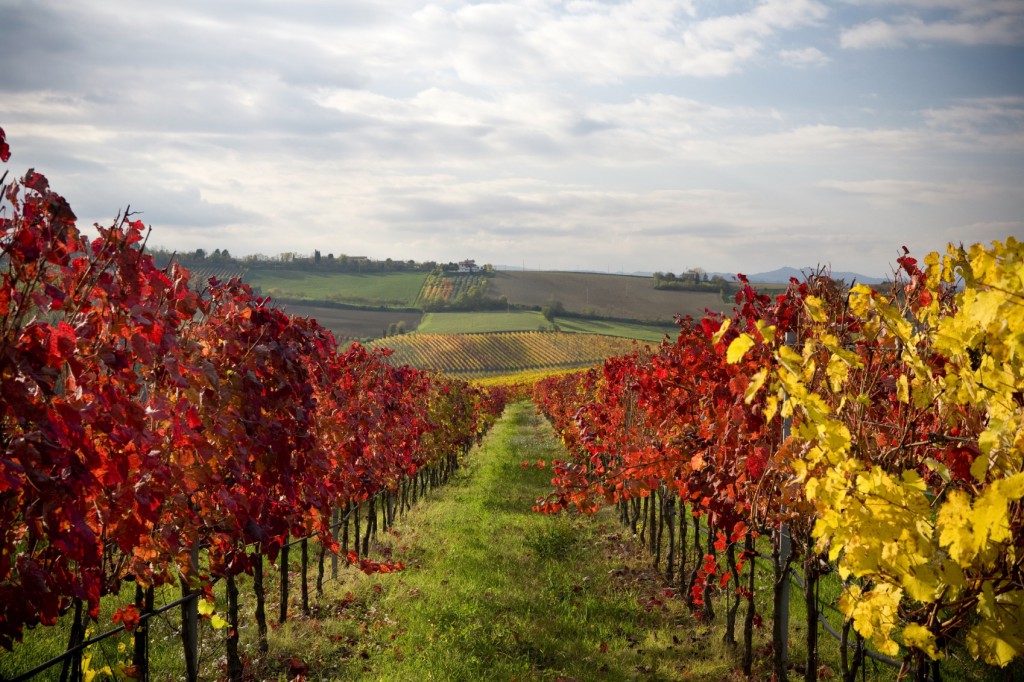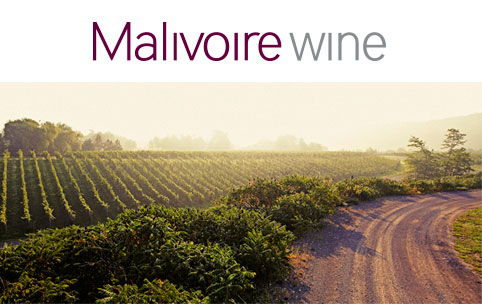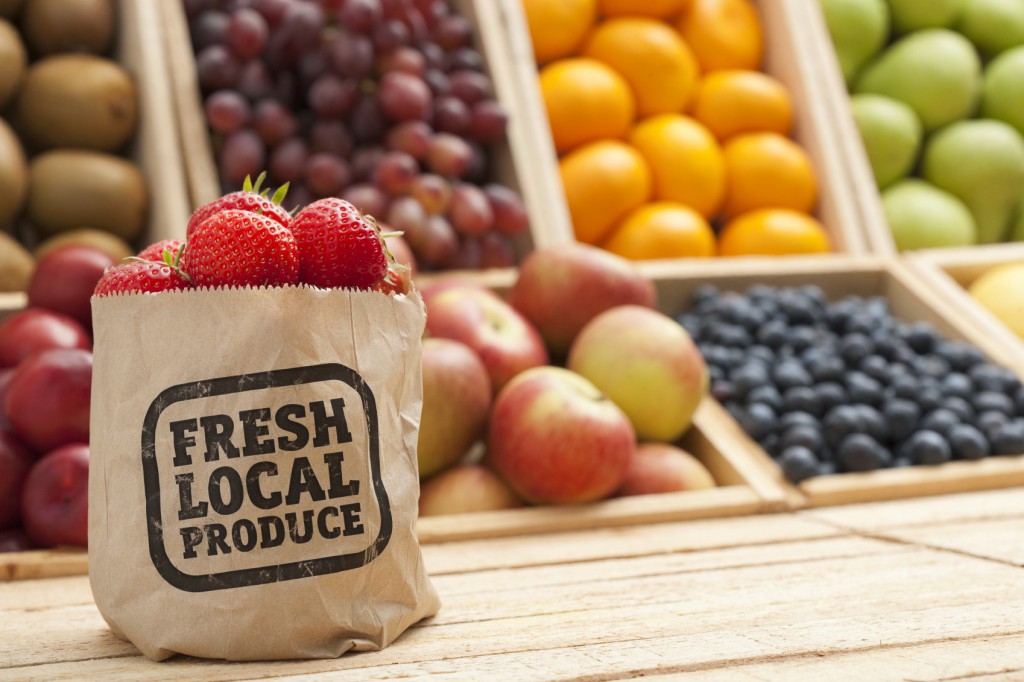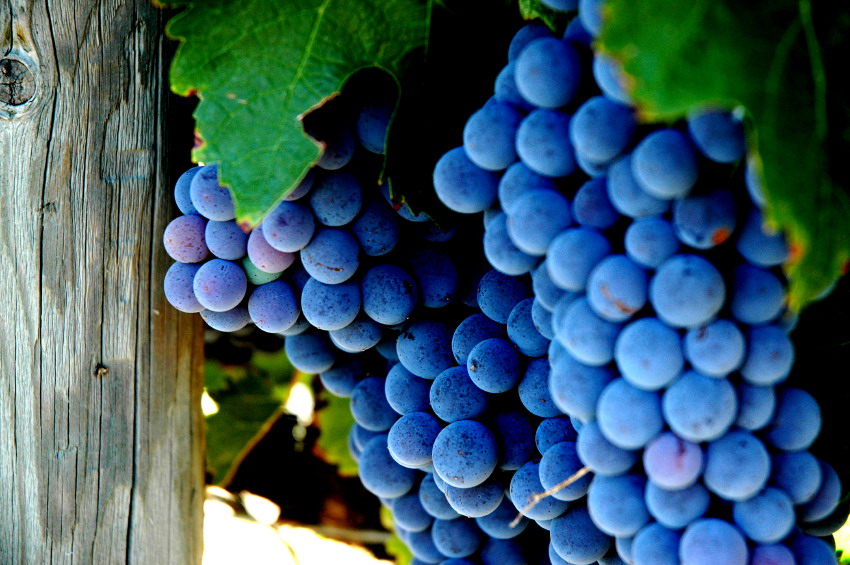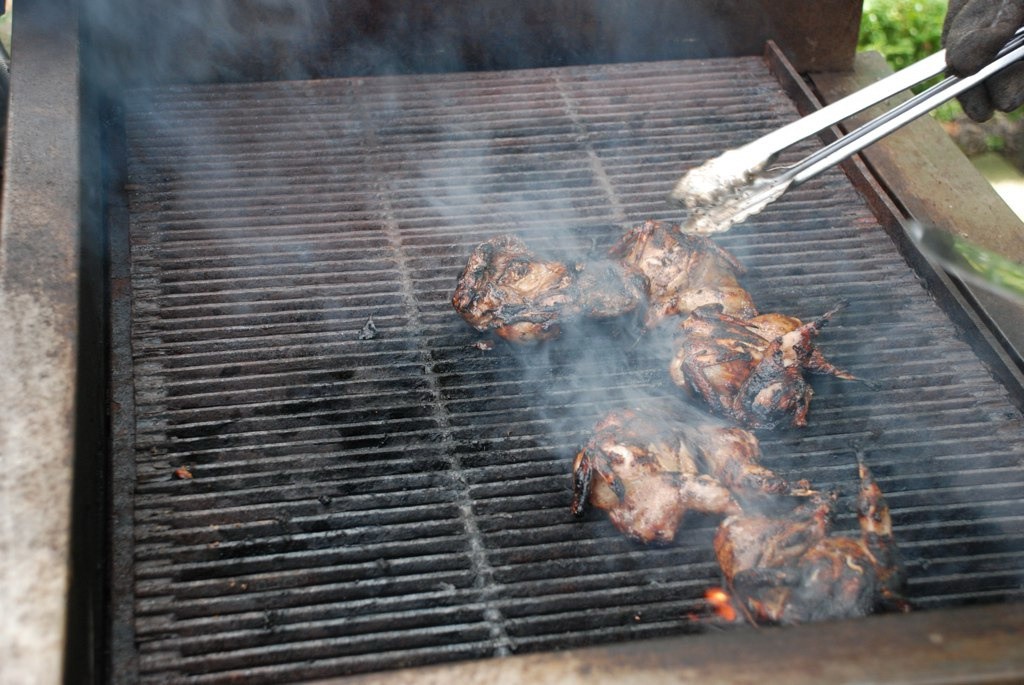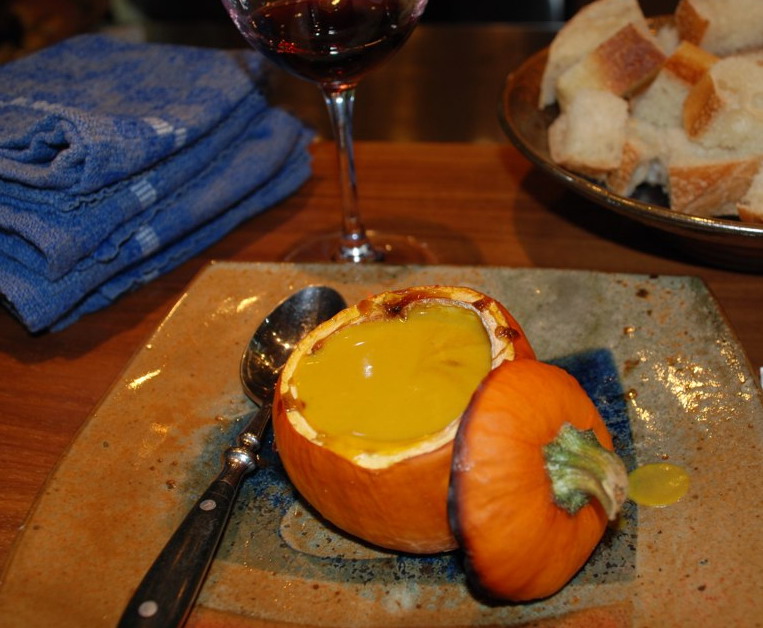Under heavy gunfire, we run for the chopper. Grey clouds roil overhead as the wind whips our faces. The ground man signals us to scramble in, but then stops and waves for us to turn around. As we do, we’re blinded by white flashes.
We’re not being fired at though: it’s just the smiling tour guide snapping photos of us. The shotgun blasts are automatic “bird bangers” to scare birds away from the fields of Niagara grapevines around us.
This isn’t Baghdad, but it is war.
These birds travel in black clouds of peckish delight swooping down to strip vineyards clean of the fruit in a few hours.
They’re especially partial to grapes at this time of year, just before harvest, when they’re sweet. Hence the “bird bangers,” which work like an exploding barbecue on a pole.
A propane tank inside the cannon-shaped drainpipe ignites a tiny spark plug at odd intervals, firing the gas out through a long barrel that amplifies the sound. This works for a while until the birds get used to the sound. I’ve seen them perched saucily on top of a cannon, barely fluttering as it goes off.
“The other choppers have left; let’s get out of here,” I yell for no apparent reason, other than having watched Black Hawk Down too many times. I’m about to take an aerial tour of Niagara with Martin Malivoire whose
 pinot noir is also my favourite red wine: I often give pinot noirs from various producers the highest scores, even though wine critics aren’t supposed to allow their personal preferences to influence their “objective” analysis—hogwash. I stopped being objective the day I was born.
pinot noir is also my favourite red wine: I often give pinot noirs from various producers the highest scores, even though wine critics aren’t supposed to allow their personal preferences to influence their “objective” analysis—hogwash. I stopped being objective the day I was born.
Pinot noir is difficult and expensive to make. That’s why it’s often pricey, with benchmark wines from Burgundy, France, starting at $60 a bottle and going up to several thousand dollars for legends such as Domaine de la Romanée-Conti.
However, pinot noir from Niagara is a relative steal, often just $25 to $35 a bottle. It’s a gorgeous wine that packs a lot of flavour, yet isn’t heavy and alcoholic—I think of it as riesling’s red twin, though they’re completely different grapes.
My thoughts are jolted back to the chopper as we lift a hundred feet straight up into the air, then zoom like a crazed bumblebee over the patchwork of farm fields below. At one point, the chopper tilts almost onto its side and I wonder if the ground man remembered to lock the full-sized window—all that’s between me and the ground below.
Flying over Niagara is a meditation on landscape: horizon-reaching rows of vines, weather-scarred farmhouses, wispy peach trees, antique stores, roadside fruit stands, and limestone bluffs that plunge down to the shimmering waters of Lake Ontario.
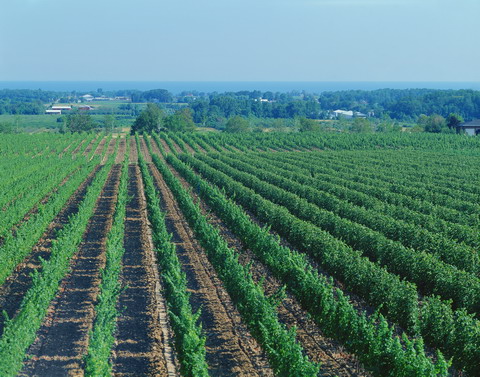
By now, in mid-October, most vineyards have turned shades of yellow and brown like a spice cabinet, but some are still summer green. I ask Martin about this and he grins.
“Bright green at this time of the year isn’t natural,” he explains. “Those vineyards have had a little chemical help.”
The chemical help comes in the form of fertilizers, fungicides, pesticides and other applications. Farming in Ontario is tough; growing wine grapes is even harder. Vintners battle mildew, leaf disease and pests. Martin doesn’t use any synthetic chemical treatments on his vineyard: Malivoire Winery was the first commercial organic winery in the region.
As we bank over the Niagara Peninsula, I can see almost all of the triangular arm of land where the Great Lakes meet. The name Niagara comes from the Iroquois word Ongniaahra meaning “point of land cut in two.” Niagara is defined northward by Lake Ontario, southward by Lake Erie and eastward by the Niagara River, reflecting silver and gray below us. We scout up the river until we reach Niagara Falls, the raw power of unstoppable nature. More than six million cubic feet of water a minute plummet 180 feet over the cliff edge, the equivalent of a million bathtubs full of water. Its rising spray is shot through with rainbows.
The Falls sit on the Niagara Escarpment, a massive ridge of fractured limestone, dolomite, shale and sandstone that stretches for a thousand miles south to New York and on to Wisconsin and north to the Canadian Shield. This particular section is where the escarpment shifted and lifted up between Lake Erie and Lake Ontario, creating the faster water flow.
This shrugging shoulder of land is actually the up-thrust shoreline of the Jurassic sea that retreated 83 million years ago, long before the Ice Age. Now the ridge divides the Niagara peninsula, creating a series of protected slopes and nooks that trap the moderating airflow from Lake Ontario. The lake, 800 feet deep in some places, acts like a giant water bottle, slowly releasing stored summer warmth in the fall to help ripen the grapes and in the winter to help protect the vines from icy death. The moderating effect of the lake and escarpment is limited to the Niagara Peninsula, which is why you don’t see vineyards in Toronto or Hamilton.
More than twenty million people a year visit Niagara Falls, so why do comparatively few of them drive twenty minutes north to Niagara-on-the-Lake? Granted, it doesn’t have the gold-trimmed souvenir ashtrays, wax museum and casino gambling, but it does offer beauty, history and culture.
British Loyalists settled here at the end of the American Revolution. The last battle between Canadians and Americans, the War of 1812, was fought at Fort George. Today they stage battles and mock displays there. The internationally acclaimed Shaw Festival features the works of Irish playwright George Bernard Shaw and his contemporaries.
I recalled Shaw’s wit as I considered the challenges for local vintners. He once observed: “The reasonable man adapts himself to the world; the unreasonable one persists in trying to adapt the world to himself. Therefore all progress depends on the unreasonable man.”
Winemakers here must be exceptionally unreasonable, not to mention unusually stubborn to brave the climate: humid summers that can cause rot and mildew, rain right before harvest that can bloat the grapes and dilute their flavour and winters that can kill the vines. As one vintner told me, “You can lose the whole field—and a year’s work—in an afternoon.”
What doesn’t kill you makes you stronger, right? True for humans, maybe. For grapes, no. Grapes thicken their skins to protect themselves from winter cold. This can mean too much tannin without enough balancing fruit ripeness. For years, Ontario wines were made from winter-hardy Labrusca grapes like concord and white Niagara.
They produced nasty little wines that were then fortified with brandy to make them drinkable. Their alcoholic strength earned them the nickname “block and tackle” wines because after drinking them, you could tackle anyone. In the 1960s and 70s, Canadian wine went through a grim cheap-and-sweet zoological period, featuring wines named Baby Duck, Gimli Goose, Fuddle Duck, Pussycat and so on. Bright’s wine, founded by pioneer Thomas Bright, was uncharitably dubbed “Bright’s Disease.”
Things started to improve with the 1988 Ontario Wine Content Act that banned Labrusca grapes in table wines. That same year, the Vintners Quality Alliance (VQA), an appellation system for Ontario wines similar to France’s 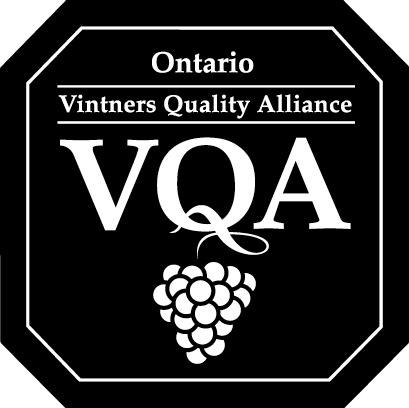 AOC and Italy’s DOC, was founded.
AOC and Italy’s DOC, was founded.
The VQA designation guarantees that wines are grown and produced in Canada to certain standards. Another spur to better winemaking was the 1989 Canada-U.S. Free Trade Agreement, followed by the 1994 North American Free Trade Agreement.
These initiatives prompted a renewal of the wine industry: the government phased out protectionist taxes on foreign wines and gave vintners subsidies to plant better-quality European grapes.
Today, the Niagara region is home to some of North America’s most exciting wineries, such as Malivoire, Tawse, Flat Rock, Le Clos Jordanne, Featherstone, Lailey Vineyards and Inniskillin Wines—the first commercial winery to open after Prohibition. Founders Karl Kaiser and Donald Ziraldo are credited with bringing international recognition to Canadian wine, after their vidal icewine won France’s 1991 Grand Prix d’Honneur in a blind tasting against more than four thousand of the world’s best wines.
However, the international triumph was for a niche dessert wine and the country has been struggling to shake that typecast role ever since. That’s why I’ve decided to focus on pinot noir while I’m in Niagara.
As one winemaker remarked, God made cabernet sauvignon, but the devil made pinot noir. I’m here to drink some black magic.When the helicopter drops Martin and me at Malivoire Winery, I’m relieved to be on terra firma again, even though my stomach is still circling above Lake Ontario. As we came in to land, I was curious about a series of giant tin canisters lying on their sides. It turns out that’s actually the winery: they’re buildings made from large semi-circular sheets of corrugated steel, like the Quonset huts the British built in World War I as barracks.
“We built this winery out of found objects,” Martin explains with gee-whiz enthusiasm. “Some of the corrugated steel sheets came from a local building that was being torn down. They’re light and fast to assemble, and the design mimics the curves of the hills.” It also follows the gravity-flow design of the winery: as the cylinders descend down the hillside, the juice flows through them for various stages of the winemaking process. This treatment is gentler than mechanical pumping, and it results in better wine.
The other parts of the structure were scavenged too: the rocks and pediments are “blaster’s mistakes” from a local quarry and the wood beams are telephone poles rejected by Ontario Hydro. “We need to think more about our energy footprint,” Martin says. “Thinking about human time and energy ultimately leads to thinking about how do you spend your life?”
In his case, the answer is very productively. Martin recently retired from a successful career as a movie special-effects producer. Some of his best-known films are Quest for Fire, Porkies, The Fly, Hairspray and Fly Away Home. A native of Oakville, Ontario, it was while filming Trapped in Paradise in 1993 that he fell in love with the Niagara region.
In 1996, he and his partner Moira Saganski, an investment banker, built a home here and bought 86 acres of vineyards. At first, they sold their grapes to local winemakers. But when Martin tasted one of the resulting wines, he wasn’t impressed. That prompted him to try making wine himself, though the experiment was short-lived.
“I followed a winemaking book step by step—and that was the first and last time I ever made wine,” he says, laughing. “The next year, I hired a winemaker.” But even Martin’s failures seem to succeed: his wine won a gold medal in an amateur competition. After that, he and Moira built the winery in 1998 and devoted themselves to serious winemaking.
I’m keen to talk to Martin because he’s one of Niagara’s best producers of pinot noir. Known as the “heartbreak grape” for its racy taste and finicky nature, its siren call lures winemakers into its rocky shoals when they’d be safer on the shores of chardonnay, cabernet and merlot.
This reduces air circulation around the grapes, which increases their susceptibility to rot and mildew. So you’d think that it would be last choice for Niagara with its cool, wet climate. In the winery, it’s susceptible to bacterial spoilage called brettanomyces, euphemistically described as smelling like a “barnyard.”
However, winemakers keep going back to it like a bad boyfriend who is dangerously exciting. Pinot noir loves living on the edge: regions right at the last margin for growing grapes often excel because the grapes don’t over-ripen and become alcoholic and flabby from too much sun. Still, the fruit has incredible depth of flavor. The escarpment is loaded with the fossils of ancient microscopic marine animals and seashells, giving it a calcium-rich composition similar to the famous soils of Burgundy and Champagne. As a result, Niagara pinot noir has a mid-Atlantic style that combines the fleshy fruitiness of Oregon with the brooding earthiness of Burgundy.
Given these challenges, I’m surprised that Martin farms organically, without even a little chemical help. Partly, that’s a reaction to having tried it once: during his first harvest, he sprayed his crop with a commonly used chemical. Its airborne drift into his winery caused him heart palpitations for several months. “There was no question about our approach after that,” Martin says.
Until the 1950s, there was no such distinction: most crops, including wine grapes, were grown without synthetic pesticides and fertilizers. Crops were at the mercy of diseases and pests, so farmers had no choice but to wait until nature recalibrated itself after the blight died out with its food source, the crop.
Then along came the so-called “green revolution” with chemicals perceived as the modern way to farm. This was aided by the phosphorous and nitrogen left over from World War II. These chemicals seemed to offer problem-free fields and for two decades, they ruled agriculture in North America and many other countries.
In the 1970s, the backlash started. Consumers began to worry about the domination of big agri-business, the harm to the environment and the long-term effects of chemicals dependency. A growing back-to-the-land movement, along with the hippie culture’s yearning for self-sufficiency, strengthened public desire for “natural” food. Ever since, modern concerns—genetically modified foods, mercury poisoning, mad cow disease and fast food—have all contributed to the organic momentum.
What does “organic” actually mean when applied to wine? There are two answers to that because making wine is a two-step process: first you grow the grapes and then you make the wine.
Organically grown grapes must not have any synthetic fertilizers, pesticides, herbicides, fungicides or soil fumigants used on them.However, organic farmers can still use chemicals that are derived from naturally occurring substances. Some of these organic chemicals also come with worker protection warnings. And which is more virtuous: organic sulfur, which is mined and consumes a lot of energy or synthetic sulfur, which is a by-product of petroleum distillation? The issue isn’t simple, even though our desire for “natural” farming is. As Martin points out, how far do you want to go with organic? Should the winemaker wash his hands with organic soap?
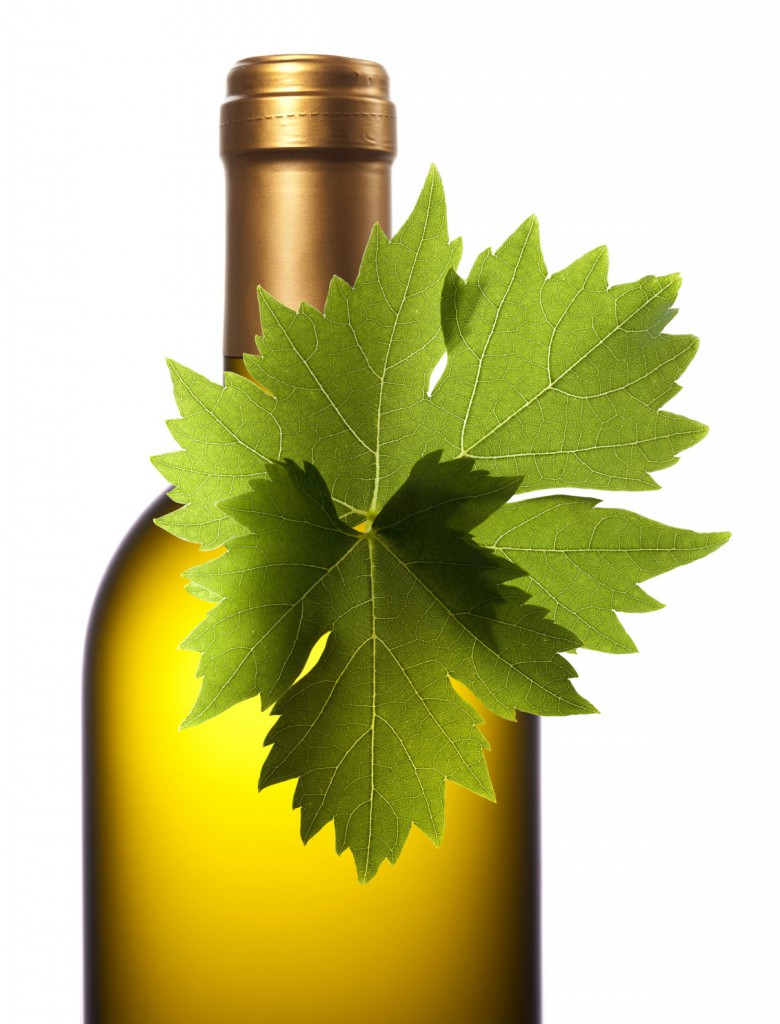
Organically made wine takes this a step further: not only were the grapes grown organically, but the wine itself must also not contain any of the five hundred or so additives available to winemakers. That includes not having more than 10 parts per million sulfites, the salts of sulfuric acid, a common food preservative that prevents the wine from spoiling after fermentation.
Sulfites are harmless to most people, though some asthmatics are allergic to them. More importantly, there’s no avoiding sulfites because they’re a natural byproduct of fermentation. They exist naturally in many fruits and vegetables as well as in fruit juices, jams, baked goods, salad bars and bottled mineral water. A single glass of orange juice has more sulfites than a whole bottle of non-organic wine. Organic wine tends not to travel well or keep long because it doesn’t have much sulfur. Therefore it’s wine made from organically grown grapes that you see in the organic section of most liquor stores.
For wine lovers, there’s no evidence that organic wine is any better for you than non-organic, or that it will reduce your risk of cancer, heart disease or other illnesses. In blind taste tests, many experts perceive no difference between well-made organic and non-organic wines. (And no, drinking organic wine won’t reduce your hangover.) Having said that though, my instinct is that farming methods do make a difference. Wine is an expression of the earth where the vines grow. If that earth is rich and alive with micro-organisms and insects, rather than being a chemical wasteland, that’s got to affect the health of the vines, the taste of the fruit and the quality of the resulting wine, even though the difference may be subtle.
Martin agrees. He also believes that organic farming is not just more sustainable, but also cheaper in the long run, with its lower dependence on fossil fuels and expensive synthetic chemicals. He thinks that many farmers, including winemakers, will eventually be forced to maintain their prices, even if the cost of oil goes up, in order to compete with organic producers. Plus, he says the organic approach is part of an overall commitment to quality. It requires a deeper understanding of the vineyard and a greater vigilance. Problems must be detected early because organic fixes take longer to work.
“The world will become healthier out of sheer necessity because organic foods will become the cheaper choice,” he observes. “The simpler we make our business, the easier it is to run.”
Organic also fits with the new fashion for fresh and local with the popularity of the 100-mile diet and sustainable agriculture. Why not the 100-mile cellar? Organic wine sales have been growing at 20 percent a year compared to about 5 percent for non-organic-certified wines. “It’s like the peach industry,” Martin explains. “Years ago, they had to change from canned to fresh peaches because no one was eating canned fruit anymore.”
Malivoire met the stringent requirements for an organic designation from the Canadian Food Inspection Agency in 2004. However, Martin still doesn’t put that fact on any of his labels. I ask him why not. In a word, he says, consumer perception. Most drinkers already think of wine as a natural product, though they’re likely less influenced by knowledge of the winemaking approach and more by those leafy pictures of vineyards on labels and in ads. So although they may seek out organic versions of lettuce, tomatoes or beef, they don’t think to do so for wine.
Martin isn’t alone in his caution: many wineries hesitate to promote their organic designation. Most consumers buy wine for its taste and quality; the organic part is just a bonus. As well, organic wines have an unfortunate history. In the past, they were perceived (often correctly) as being poorly made and prone to going bad quickly since they lacked preservatives. More importantly, many vintners don’t want to lock themselves into one mode of production—just in case there’s an unexpected attack of pests or rot that requires emergency chemical treatment. If a winery had to remove the organic designation from its label, it would be awkward to explain why to its customers. And if a winery produces several wines, and not all are organic, that declaration on one label could reflect poorly on the others. For all these reasons, only a small percentage of wineries that are certified organic actually market the fact.
One of my favorite parts of Martin’s organic approach is his ladybug strategy, which is why many of his bottles feature a cheerful little red beetle crawling across the label. To combat destructive insects that have a taste for grape leaves, Martin releases thousands of ladybugs into his vineyards. The ladybugs are selective about what they eat, whereas insecticides destroy every bug in its path, and leave a vineyard more vulnerable to pest attacks the next year.
But wait, didn’t ladybugs taint Niagara wines years ago? After wines were barreled or bottled for the 2001 harvest, many winemakers noticed an odd smell of rancid peanut butter. A number of wineries, including Malivoire, pulled their affected wines from store shelves that year.
Eventually, they traced the problem to an Asian species of ladybug, quite different from the indigenous five-spotted ladybugs. Farmers in the southern U.S. had introduced the bug to feed on the aphids that were plaguing their pecan trees and soya beans. The problem began when these ladybugs migrated north, following the aphids, and became a seasonal pest in wine country. Swarms of these beetles amass whenever a cold snap is followed by an “Indian summer.” They hibernate in the grapevines, which offer both food and warmth as winter approaches.
When the affected grapes were picked and crushed, these stowaway ladybugs emitted a foul fluid called pyrazine that smelled like rancid peanut butter. The smell also has a dampening effect on the wine’s natural fruit aromas similar to mild cork taint. Wine tolerance for this type of beetle is low: more than four beetles per four-tonne bin can ruin the entire harvest. Martin, though, is philosophical about the problem: “It’s just Mother Nature doing her thing and we’re the ones who have to adapt.”
The good news is that early-ripening grapes, such as sauvignon blanc, provided the first warning about the problem. Martin and other vintners largely addressed the issue before it affected pinot noir and other later-ripening grapes. Vintners have also learned how to deal with the pests: spraying the vines with certain chemicals, harvesting at night when the beetles aren’t active, shaking them out by hand when picking the grapes and sorting the grapes before crushing them. The sorting table at Malivoire starts with a heat blower to blow off intruders, then the grapes travel along a vibrating belt to shake them off with workers picking them out, and then the grapes go past a final heat blower.
Martin has invited me back to his home for lunch. The house is a modern glass-and-concrete affair, designed by the late architect Andrew Volgyesi, that somehow fits in this forest setting. Large glass doors open onto a wrap-around porch and bamboo garden. Inside is open concept with big wooden beams supporting a 24-foot-high ceiling and three fireplaces with sitting areas. In the center is a large, open kitchen with a marble counter, a Wolf gas oven and cabinets full of pots and wine glasses. Pumpkin soup is simmering on the stove, its spicy aroma warming the house.
“I started cooking in my filmmaking days to help me relax after a long day of blowing things up and killing people,” Martin says smiling, as he stirs the soup. “With such a superficial job, I loved the reality of cooking: fresh ingredients, a glass of wine. It changes your whole focus.”
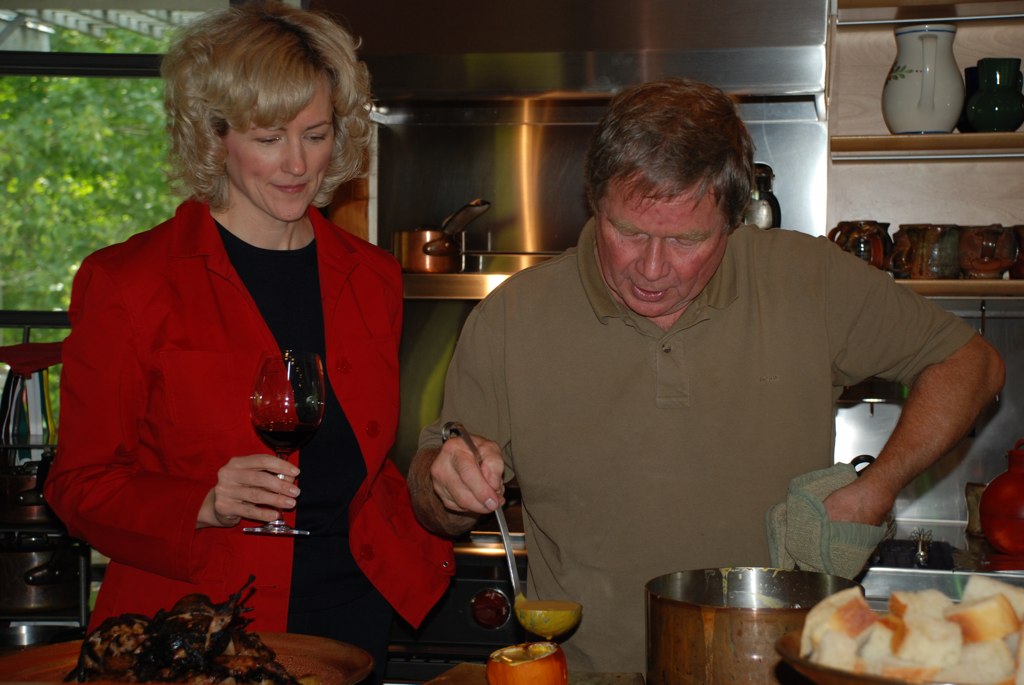
He’s an intuitive, shoot-from-the-hip cook, with a passion for cookbooks: more than five hundred of them line the shelves around the house. “Every recipe is a story,” he says. “I’m not a classically trained cook, so I try to understand what the author is saying with the flavours in the dish.”
He hands me a large cleaver to chop the new potatoes in half, showing me how to make an even slice with a quick flick of his wrist. I am the world’s slowest chopper, if you don’t count also slicing your own fingers. But it feels natural to be working beside him as the conversation continues.
From the fridge, Martin takes out a tray of de-boned quails that have marinated overnight in maple syrup. They were raised on a local farm. “I know the farmer and that’s important to me,” he says. “They ran free and were happy. The ingredients on my plate are personal.”
He salts the quails and takes them outside to the barbecue where eleven cats circle and meow. Most of them are adopted strays; the oldest one jumped inside the filming truck ten years ago. The cats and I watch Martin hungrily as he slides the small birds on the barbecue, the flames leaping and sizzling around them.
“Entertaining in the country usually means sharing more of yourself with guests,” he says. “When you have dinner together, you’re likely staying overnight—it’s not the drive-through visiting of the city.”
When the quails are cooked, we go back inside. Martin ladles the steaming soup into freshly cut pumpkins for bowls. He’s added chicken stock and chestnut purée to give it more savoury richness. The soup tastes wonderful with several vintages of his Courtney Gamay, which offers superb instant gratification with its peppered raspberry and blackcurrant notes. The fiery reflections in the wine are an antidote to the chilly fall air.
Gamay is a little lower down on the wine social scale, but Martin believes Niagara needs it to support the more aristocratic pinot noir. It’s winter hardy and disease resistant and can be priced lower to fill out a product portfolio. “You need a dependable and affordable wine to make up for all the money you’ll waste on pinot,” he observes.
He’s even tried blending pinot noir with gamay. “We’re too hung up on varietal purity,” he says. “Pinot noir brings the complexity and silky texture, and gamay punches up the fruit and makes the wine more vibrant. As a winemaker, you need to keep your ego in your back pocket.”
Alongside the juicy quails with their seared barbecue notes, we enjoy three vintages of Moira’s Vineyard Pinot Noir. They flood the senses with fleshy aromas of damson plums and a core of stone fruit acidity. Their smoky finish is a lovely match with the charred gamey notes of the quail. We also sample his estate pinot noir, which has a creamy texture and is pleasingly mouth-filling. “I don’t want people to hit those tannins, it should have a velvet texture,” Martin says.
As we finish the meal sipping on pinot, Martin grows reflective about his second career: “There are lots of times when I don’t want to be in this business,” he confesses. “We’re trying to grow finicky fruit from a hostile land. But when someone tastes my wine and smiles or says they like it, that’s all I need to keep going.”




